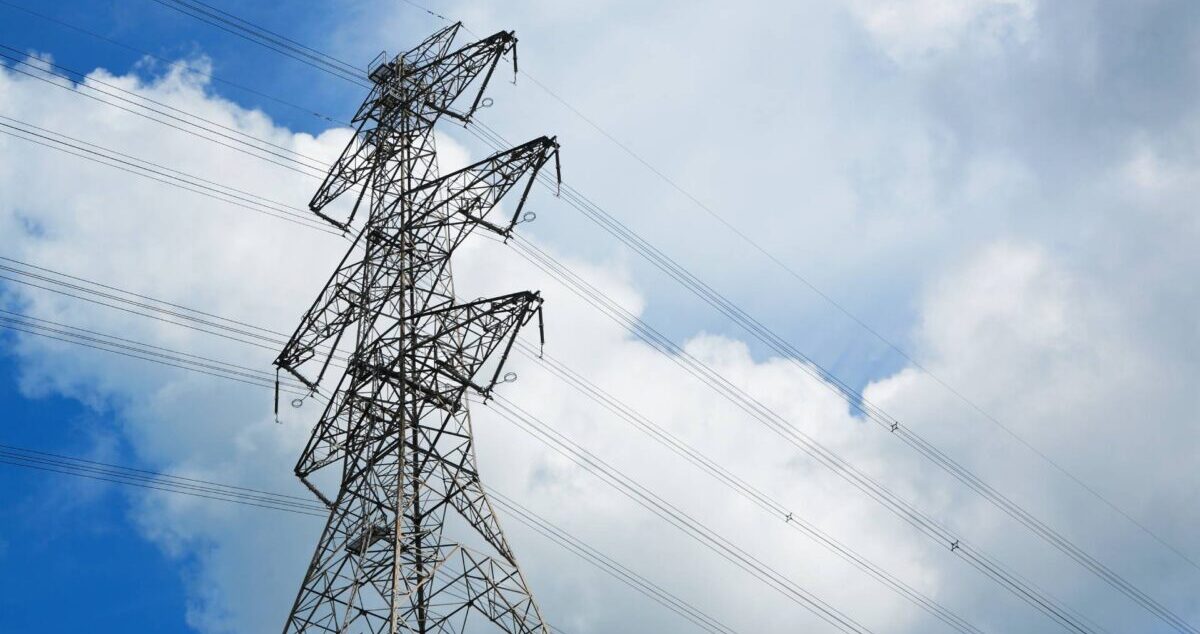America’s Energy Future Demands a Balanced, Bold Approach

By Rich Powell, CEO, Clean Energy Buyers Association
The recent passage of the One Big Beautiful Bill Act marks a pivotal moment in America’s energy journey. As CEO of the Clean Energy Buyers Association (CEBA), which represents the largest collective electricity demand in the country — greater than any single state and growing fast — I understand that lawmakers had to navigate complex economic challenges to achieve a compromise between competing visions and priorities for America’s energy and fiscal future.
Whether you support the bill or not, this legislation arrives at a time when America’s electricity demand is surging. From artificial intelligence (AI) data centers to advanced manufacturing, the engines of our economy are increasingly powered by electrons. Meeting this demand is going to be challenging and requires an all-of-the-above strategy — one that embraces innovation, ensures reliability, and accelerates our transition to a carbon emissions-free energy future.
We regret the decision to sunset tax credits for solar and wind — especially at a time when every clean energy option is needed. As the largest buyers of electricity in the country, we keenly understand the dynamics of energy markets. Unfortunately, this decision will drive up electricity prices in the coming years, as most of the projects ready to be built in our country are solar and wind projects.
On the other hand, we recognize and appreciate the bill’s strong support for clean firm technologies like nuclear, batteries, and geothermal. These resources are essential to building a resilient, always-available clean energy grid — particularly as our rapidly growing grid requires more new capacity that can run 24/7/365.
This is the balance our legislators struck after much debate. Businesses now have the certainty needed to plan, invest, and move forward. But it remains imperative that the new law as enacted must be implemented to maintain this business certainty, using standards that have been in place for almost a decade.
So where do we go from here to keep America’s electricity low cost and reliable, while adding more carbon-free resources onto our growing grids?
Permitting Reform Is the Key to America’s Clean Energy Future
Today, the single greatest barrier to delivering the power America needs with carbon emissions-free electricity isn’t technology or cost — it’s our outdated infrastructure permitting system. A radical reassessment of permitting led by a Trump administration focused on economic growth can unlock a wave of investment in innovative American energy technologies. Bipartisan legislative reform will enable a system that is ultimately faster, more durable, and certain enough to unleash the deepest capital markets in the world.
Nearly half of U.S. electricity is already carbon emissions-free. With serious permitting reform and a 21st-century grid, we can finish the job — quickly and responsibly.
For those who favor wind and solar, this is the moment to capitalize on their greatest advantage: speed of deployment, with or without a favorable tax regime. For those focused on new clean firm technologies like advanced fission and fusion, geothermal energy, and long-duration storage, numerous technology-specific permitting issues must be addressed. Also, these resources require an expanded grid to bring electricity from where the rocks are hot, for example, to where Americans want their homes cool.
And for those focused on maintaining a role for fossil energy into a carbon-free future, underground carbon sequestration sites and new pipelines for natural gas and captured carbon dioxide all live and die by their permits.
As a community of buyers keen to deploy ALL of these technologies, fast, we recognize that reforming the way we build infrastructure projects and addressing the current state of our electricity grid are absolutely necessary to reduce emissions while meeting our growing energy demand.
The list of important changes includes issues like streamlining and expediting permitting on lands, building and connecting projects to the grid, and expanding the critical transmission backbone of the United States.
The Trump administration is admirably focused on growing the economy and delivering projects quickly, and we expect it to make deep administrative reforms to the processes for reviewing and approving new projects. But every administration over the last 25 years has made the same commitment — and frankly, failed. Fundamental permitting reform requires real energy legislation, which must move through the regular order process of the U.S. Senate and find 60 votes to pass. This is the moment when Republicans and Democrats must come together to enact fundamental, bipartisan reforms to our energy permitting system that President Trump will sign into law and lead into practice.
America’s energy dominance will be defined not only by how much energy we produce but by how rapidly we build. CEBA and its more than 400 members — spanning one-fifth of the Fortune 500 and representing over $22 trillion in market capitalization — stand ready to partner with policymakers to fundamentally accelerate new energy infrastructure.
The stakes are high. But with bold leadership, we can build an energy system that secures America’s place at the forefront of the global clean energy economy.
